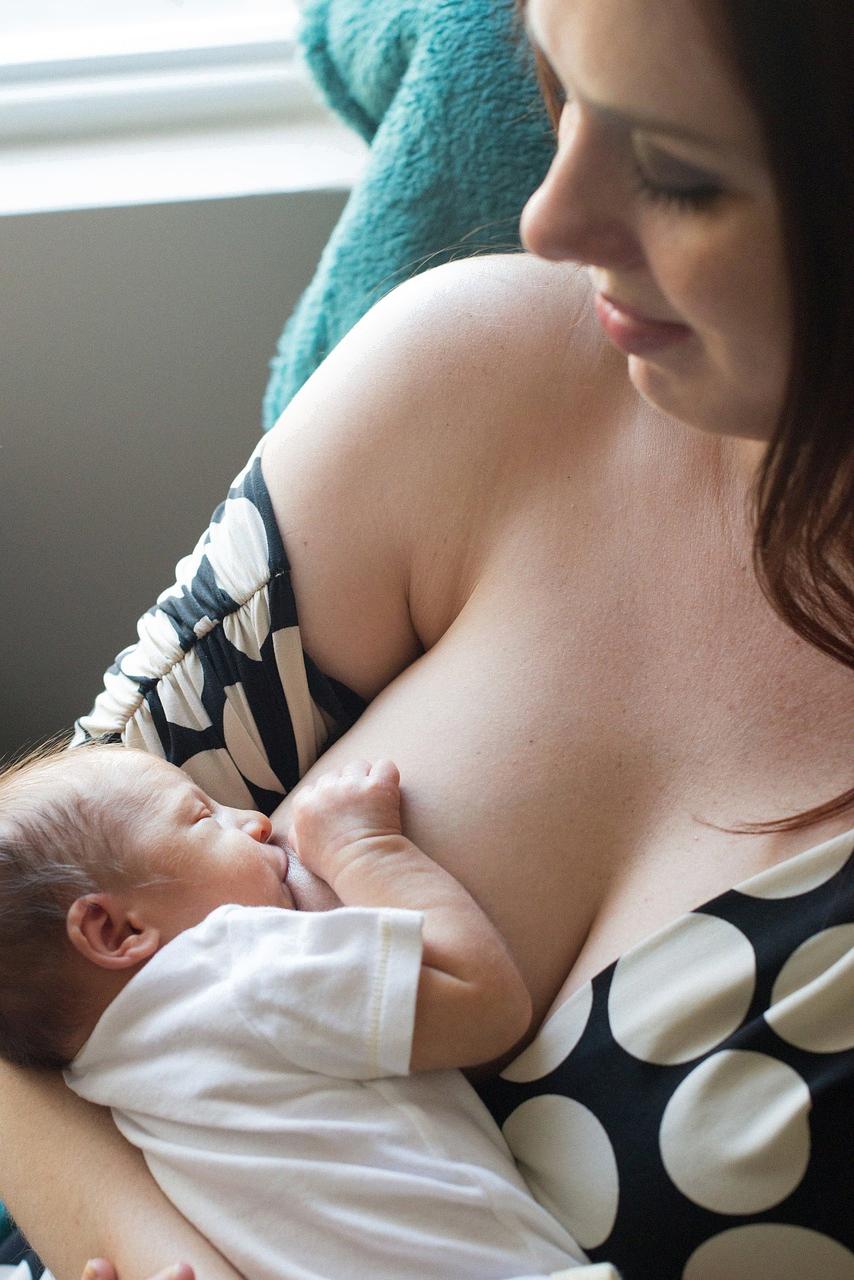When considering the practice of side-laying breastfeeding, it is crucial to acknowledge the potential dangers associated with this position. While it may seem like a comfortable and convenient way to feed your baby, there are significant disadvantages that need to be taken into account for the safety of both the mother and the infant.
One of the primary disadvantages of side-lying breastfeeding is the increased risk of the mother falling asleep while in this position. As a tired new mother, the allure of lying down and nursing your baby may seem irresistible, but this can lead to a dangerous situation where the mother could unknowingly drift off to sleep, posing a suffocation risk to the baby.
Furthermore, the side-lying position can make it more challenging for the mother to monitor the latch and suckling of the baby. In a traditional breastfeeding position, the mother has a better view and control of the baby’s feeding, ensuring they are properly latched and nursing effectively. However, when lying on one side, this visibility and control are compromised, potentially leading to improper latching and feeding difficulties.
Another significant disadvantage of side-lying breastfeeding is the possibility of neck and back strain for the mother. While the position may initially feel comfortable, prolonged periods of lying in the same position can lead to muscle stiffness, strain, and discomfort. This can exacerbate any existing postpartum pain or conditions, making breastfeeding a physically taxing experience.
Notably, side-lying breastfeeding can also result in an increased risk of mastitis for the mother. Mastitis is a painful condition characterized by inflammation of the breast tissue, often caused by blocked milk ducts or bacterial infection. The side-lying position may impede proper drainage of milk from the breasts, leading to a higher likelihood of developing mastitis.
In addition to physical discomfort, side-lying breastfeeding can also impact the emotional connection between the mother and the baby. The lack of eye contact and face-to-face interaction in this position may hinder bonding and communication during feeding sessions, potentially affecting the mother-infant relationship and overall breastfeeding experience.
Moreover, the side-lying position can present challenges for mothers with certain breastfeeding concerns, such as low milk supply or difficulties with milk let-down. The angle and gravity in this position may not be conducive to optimal milk flow, potentially exacerbating existing breastfeeding issues and leading to frustration for both the mother and the baby.
It is essential to highlight the risk of accidental falls associated with side-lying breastfeeding. Due to the relaxed and reclined nature of this position, there is a heightened risk of the baby slipping off the breast or the bed, resulting in potential injuries. Maintaining a safe and secure environment while breastfeeding in this position is paramount to prevent accidents.
Another disadvantage to consider is the potential impact on milk supply regulation. The body’s natural ability to regulate milk production and supply can be disrupted by frequent side-lying breastfeeding sessions, potentially leading to issues with oversupply or undersupply of breast milk. This imbalance can create challenges for both the mother and the baby in maintaining a consistent feeding routine.
Furthermore, the side-lying position may not be suitable for all mothers, particularly those with certain health conditions or physical limitations. Women with back problems, mobility issues, or previous cesarean deliveries may find the position uncomfortable or impractical, making it necessary to explore alternative breastfeeding positions for their comfort and well-being.
It is crucial to address the risk of positional asphyxia associated with side-lying breastfeeding. In certain circumstances, the baby’s airway can become compromised due to the positioning of their head and body during feeding, potentially leading to breathing difficulties or suffocation. Vigilance and caution are paramount to ensure the safety of the infant during breastfeeding sessions.
In conclusion, while side-lying breastfeeding may offer convenience and relaxation for some mothers, it is important to recognize and understand the potential disadvantages and risks associated with this position. From safety concerns such as accidental falls and suffocation risks to physical discomfort and impact on milk supply, mothers should weigh the benefits and drawbacks carefully to make informed decisions about their breastfeeding practices.

